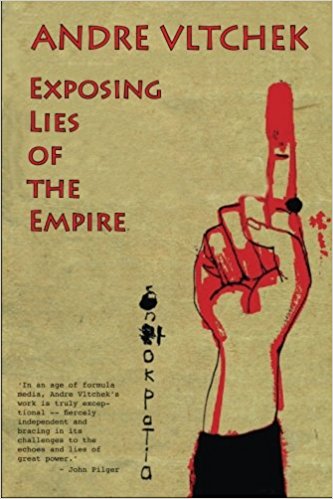This piece was reprinted by OpEd News with permission or license. It may not be reproduced in any form without permission or license from the source.
"False positive killings numbered at least 2,248 between 1998 and 2014. The majority of the murders took place during the term of former President Alvaro Uribe, according to the attorney general's office."
People were defined as dying in combat, but in reality, they were victims of extra-judicial killings.
Extreme poverty, extra-judicial killings, corruption, unemployment, an embarrassing foreign policy, police brutality, extremely high crime rate - everything is inter-connected. Everything seems to be explosive.
*
One night, all around rebellious Bogota. Graffiti everywhere. Police on high alert. Clusters of people, assembling, then disappearing into the night.
Behind the airport, in the center of a town called Fontibon, there is a meeting of the committee which is organizing one of the strikes. I am being taken there by David Curtidor, a prominent Colombian activist.
He introduced me to Ms. Luz Janneth Zabaleta, a professor of mathematics, who is deeply involved in the organization of the protests. She explained to me:
"Until now, all those government's so-called reforms were made against the workers, indigenous people and students. This uprising will change everything."
Her comrade, Arturo Partilla Lizarazo, a labor lawyer passionately supported her words:
"Now Colombia is entering a huge struggle; it is fighting for the dignity of human beings, inhabiting this country. Neo-liberal policies have failed, here and elsewhere. And Colombia is ready to defeat those neo-liberal policies, which have already destroyed so many lives of our people."
We talk about the former government of President Uribe, which according to both, was basically following a policy of war. We also discuss the awful plight of the common Colombian people, of millions of starving children, the horrendous unemployment rate among young people, and the unimaginable hardship endured by elderly, retired people.
Later, at Parkway, which is a narrow park in the center of the city, I witnessed protesters waving Colombian and Chilean flags. There is live music. Young people are dancing. Units of the riot police are moving along the edges of the park. Are they going to attack? If yes, when? Nobody knows.
I drive through the now empty Bolivar Square, then near the Presidential Palace, barricaded, blocked by the military. Several government buildings are covered by black, protective curtains. Somehow, they look like a funeral halls.
Right next to the government district, there is a red light district'; full of sex workers, pimps and police units. In Colombia, power and misery shamelessly coexist next to each other.
*
Next Page 1 | 2 | 3 | 4 | 5 | 6 | 7 | 8 | 9
(Note: You can view every article as one long page if you sign up as an Advocate Member, or higher).





